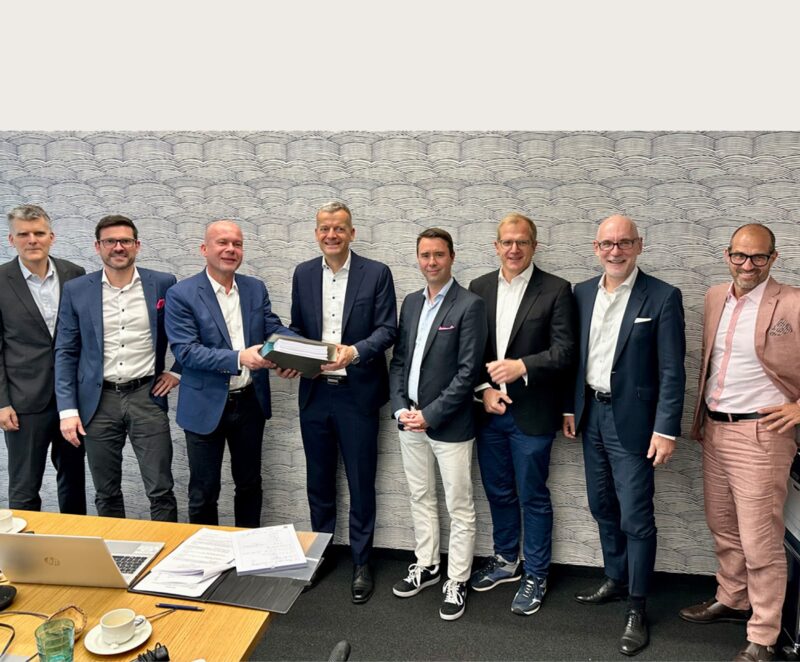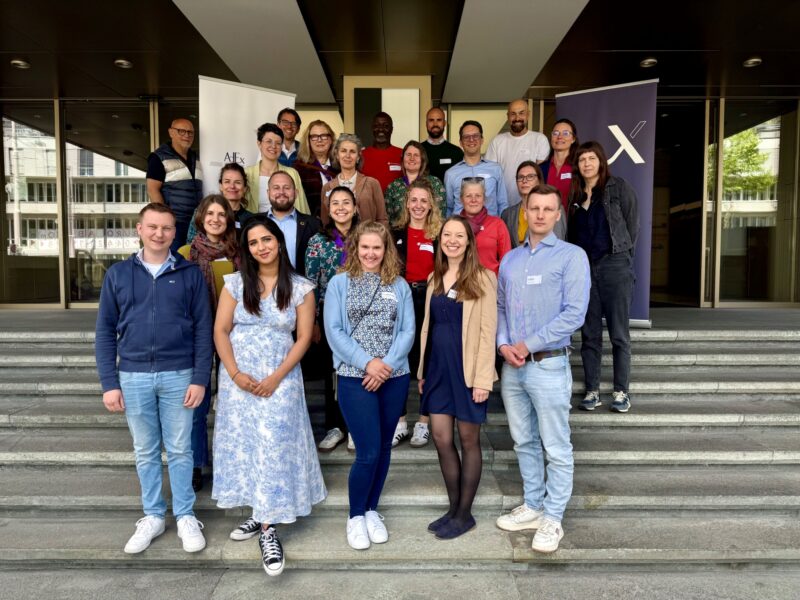AdEx Partners Insights
Stefan Schmautz: KI-Transformation gestalten bei AdEx Partners
Partner Stefan Schmautz (r.) spricht im Interview über Unternehmertum, Vertrauen und Wirkung – und wie er mit AdEx Intelligence KI-Transformationen gestaltet.
Mehr erfahrenKurskorrektur für Ihre SAP S/4HANA-Transformation: Mit AdEx Partners zum Erfolg
Kosten explodieren, Deadlines wackeln, Kommunikation stockt? Bei AdEx Partners bringen wir Ihr ERP-Projekt wieder auf Kurs. Erfahren Sie, wie wir unserem Kunden Ahlstrom zum Erfolg verholfen haben.
Mehr erfahrenTransformation Ihrer IT-Kosten: IT-Kosten senken um bis zu 20% in nur 3 Wochen
Unsere Trusted Advisors unterstützen CIOs und CFOs dabei, volle Transparenz zu schaffen, IT-Ausgaben zu benchmarken und strategisches Sourcing für das Budget 2026 umzusetzen.
Mehr erfahrenAdEx Partners und BMC Strategy Consultants bündeln Kräfte für Financial Services
AdEx Partners wächst weiter und nimmt mit Wirkung zum 1. September 2025 die BMC Strategy Consultants GmbH als Teil der AdEx Partners-Gruppe auf. Dieser strategische Schritt stärkt die Position von AdEx Partners im Bereich Financial Services.
Mehr erfahrenCase Study: Breaking Free from the Vendor Prison
Ein strukturierter Ansatz, die Kontrolle zurückzugewinnen und langfristige IT-Flexibilität zu ermöglichen. Jetzt unser kostenloses Whitepaper entdecken!
Mehr erfahrenAdEx Partners bekräftigt Bekenntnis zum UN Global Compact
Wir setzen uns aktiv für globale Standards und nachhaltige Initiativen ein. Unser CEO betont, wie wir verantwortungsvolle Praktiken in unsere Strategien integrieren, um langfristige Erfolge zu erzielen.
Mehr erfahrenInterview: Einblicke in die Geheimnisse der Bewertung der organisatorischen Gesundheit
Erfahren Sie mehr über die Herausforderungen, die viele Unternehmen bewältigen müssen. AdEx Partners bietet wertvolle Unterstützung, um diese Hürden zu überwinden.
Mehr erfahrenMit AdEx Intelligence in neue Ära: AdEx Partners übernimmt Studio Business von Mindfuel
AdEx Partners stärkt seine Position im KI- und Datenmarkt. Mit dem neuen Kompetenzzentrum AdEx Intelligence wird die digitale Transformation für Unternehmen noch effektiver gestaltet.
Mehr erfahrenDigital Bootcamp 2025: Gemeinsam digitale Kompetenz stärken
In Zürich kamen vier dynamische NGOs zusammen, um ihre digitalen Herausforderungen zu meistern. Mit innovativen Strategien und einem starken Netzwerk setzen wir gemeinsam neue Maßstäbe für nachhaltige digitale Transformation im gemeinnützigen Sektor.
Mehr erfahrenJetzt bewerben für das AdEx Digital Bootcamp in Leipzig
Am 10. Oktober 2025 unterstützen wir Sozialunternehmen und NGOs mit drei Monaten pro bono Beratung. Bewerben Sie sich bis zum 7. September 2025 und gestalten Sie Ihre digitale Transformation erfolgreich.
Mehr erfahrenDie „70-Prozent-Falle“: Warum jede Transformation mit einer Diagnose beginnen muss
In einer sich rasant verändernden Geschäftswelt kämpfen viele Unternehmen mit der ständigen Anpassung. Erfahren Sie, warum eine gründliche Diagnose der erste Schritt zu nachhaltigen Veränderungen ist und wie Sie typische Fallstricke vermeiden.
Mehr erfahrenHerausforderungen des EU AI Acts
Der EU AI Act revolutioniert die KI-Regulierung. AdEx Partners unterstützt Unternehmen, ihre strategischen Vorteile zu nutzen. Erfahren Sie mehr in unserem kostenlosen PDF.
Mehr erfahren









